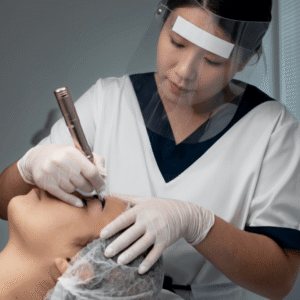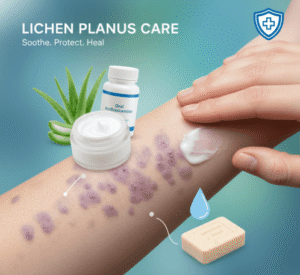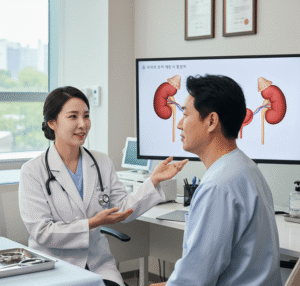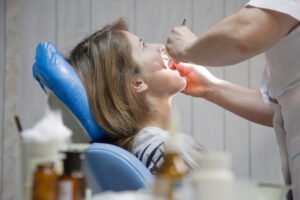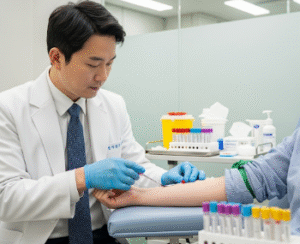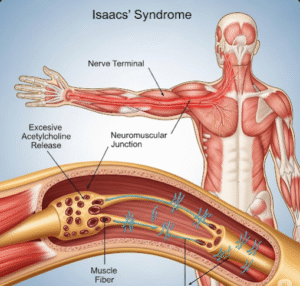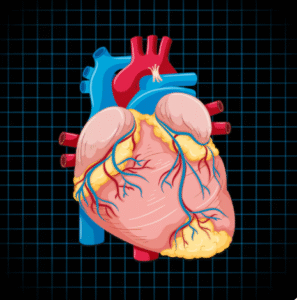What It Is
A mini facelift is a cosmetic surgical procedure designed to rejuvenate the lower face and jawline by tightening sagging skin and underlying tissues. Unlike a full facelift, the mini facelift uses smaller incisions, focuses on the mid-to-lower face, and offers a quicker recovery time. In Korea, this procedure is particularly popular among patients in their 30s to 50s who want to address early signs of aging, such as mild jowls, skin laxity, and loss of definition in the jawline, without undergoing more extensive surgery.
Why It’s Done
People choose a mini facelift for several reasons:
- To reduce early jowls and sagging skin along the jawline
- To improve mild to moderate facial laxity without the downtime of a full facelift
- To restore a more youthful and defined lower face appearance
- To boost self-confidence by reversing early aging changes
- To achieve subtle, natural results rather than a dramatic surgical look
Alternatives
- Non-surgical treatments: Ultherapy, Thermage, thread lifts, dermal fillers, and Botox can provide temporary tightening and contouring.
- Full facelift: Recommended for patients with more severe sagging and deeper wrinkles.
- Neck lift: For patients whose main concern is sagging under the chin or loose neck skin.
Preparation
- Comprehensive consultation with a Korean plastic surgeon to evaluate facial skin, elasticity, and overall health
- Preoperative imaging or photographs for surgical planning
- Blood tests and medical clearance before surgery
- Discontinuation of smoking, alcohol, and blood-thinning medications 2–3 weeks before surgery
- Fasting for 6–8 hours if general anesthesia or sedation will be used
How It’s Done
- Performed under local anesthesia with sedation or general anesthesia depending on the patient’s preference
- Small incisions are usually made around the hairline near the temples and in front of the ears
- The surgeon lifts and tightens the underlying SMAS (superficial musculoaponeurotic system) layer for natural results
- Excess skin is trimmed and carefully repositioned
- Surgery typically lasts 2–3 hours and is done as an outpatient procedure
Recovery
- Initial swelling and bruising may last 1–2 weeks
- Mild discomfort is managed with prescribed medications
- Most patients can return to work and social activities within 1–2 weeks
- Final results become more visible as swelling subsides over 1–3 months
- Korean clinics often provide specialized skin care and laser treatments to enhance recovery and results
Possible Complications
- Temporary bruising, swelling, or numbness
- Scarring (usually minimal and hidden near the hairline and ears)
- Asymmetry or dissatisfaction with cosmetic results
- Rare risks include hematoma, infection, or nerve injury
Treatment Options in Korea
Diagnosis
Korean surgeons perform detailed facial analysis, often using 3D imaging technology, to evaluate skin laxity, facial proportions, and the best approach for natural results.
Medical Treatments
Non-surgical options offered in Korea include thread lifts, Ultherapy, high-intensity focused ultrasound (HIFU), and fillers to delay the need for surgery or complement results.
Surgical or Advanced Therapies
- Mini facelift with SMAS tightening for long-lasting and natural outcomes
- Endoscopic-assisted mini facelift for less invasive approaches
- Combination treatments such as mini facelift with fat grafting or laser resurfacing to rejuvenate both skin and structure
Korea is recognized for short-scar techniques, minimal downtime, and highly refined surgical skills.
Rehabilitation and Support
- Post-surgery care includes wound care, follow-up checkups, and optional skin rejuvenation treatments
- Korean clinics provide VIP recovery programs with swelling care, LED therapy, and lymphatic massage
- International patient support includes translation services, personalized recovery plans, and coordinated aftercare
Advantages of receiving a mini facelift in Korea:
- Surgeons highly experienced in facial aesthetics and anti-aging surgery
- Use of advanced surgical techniques for natural, scar-minimizing results
- Cost-effective compared to Western countries
- Comprehensive recovery programs and patient-centered care for international clients


